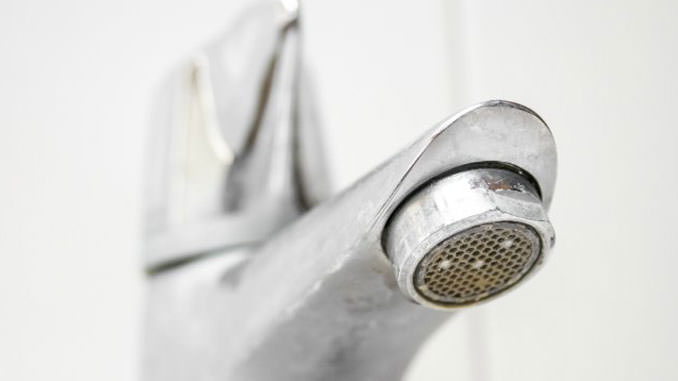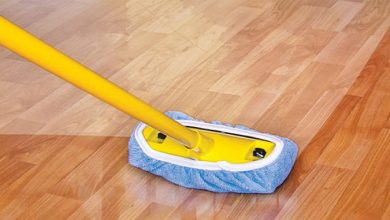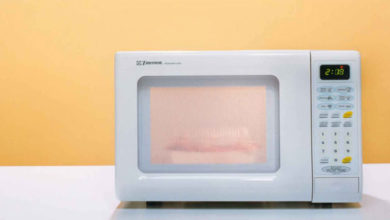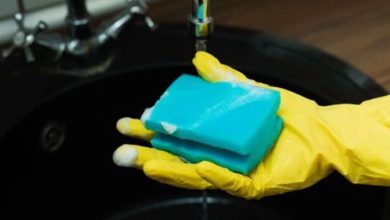
How to remove oxidation from taps
Generally, where there is humidity and above all water, the oxide is created, especially when there are metal structures in the immediate vicinity. Domestic taps are also subject to this drawback, so it is necessary to remove it above all for an aesthetic factor. Here is a guide with some tips on how to remove oxidation from taps about this.
To remove oxidation from the metal surfaces that line the taps, there are specific products based on acids on the market, capable of destroying the oxide particles that, over time, turn into rust.
To avoid contact with these deoxidizing substances, which could be harmful to health, it is better to use natural products that are easy to find at home. In this regard, we list some very effective ones to solve the problem in the following steps.
Vinegar and salt are two excellent natural fluxes that, when properly mixed, prove to be precious for removing the unsightly patina that forms on the taps, especially those of hot water subject to limestone more than those that supply cold.
To make an excellent flux at home, remove the blackish patina from the taps, take a glass and pour white vinegar inside, and add coarse salt. After letting the mixture rest for about twenty minutes, we can take it with a brush and apply it on the tap’s parts affected by oxidation, leaving it on for a couple of hours.
After this time, it is sufficient to clean everything with a sponge and note that the surfaces are shiny and new with the greatest satisfaction.
If the oxide accumulates on the metal parts of a tap is particularly excessive. Above all, it presents with incrustations. It is necessary to intervene with some slightly abrasive substance capable of removing them. The natural product that should be used in this case is sodium bicarbonate, suitably mixed with a few drops of vinegar and fine salt.
By mixing everything vigorously and possibly adding more bicarbonate, we obtain an abrasive paste to be applied directly on the tap’s parts affected by oxidation, using wadding that allows us to sand the surface, which then, with a simple rinse, return as new.




